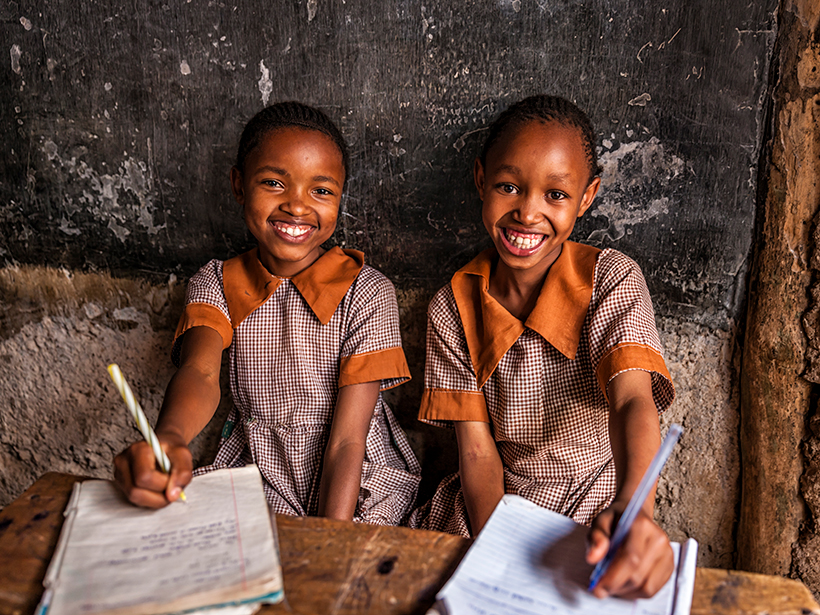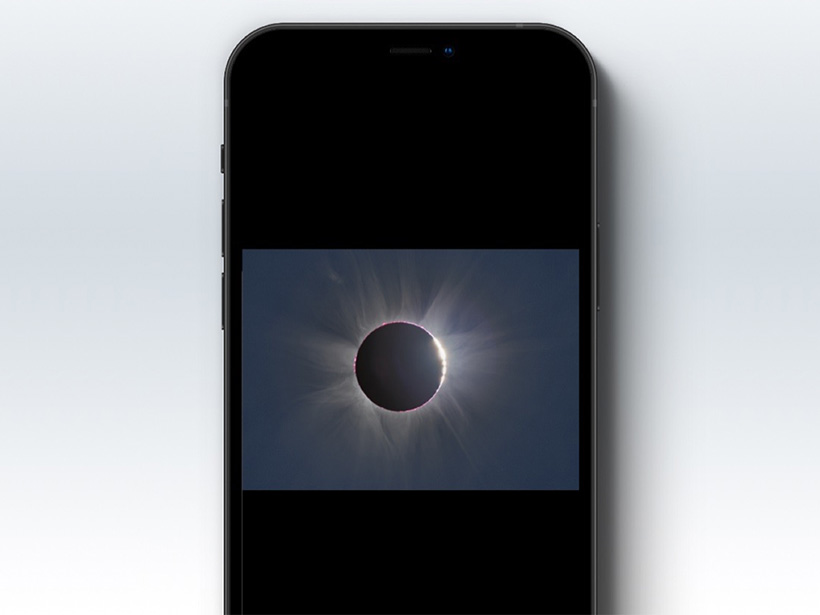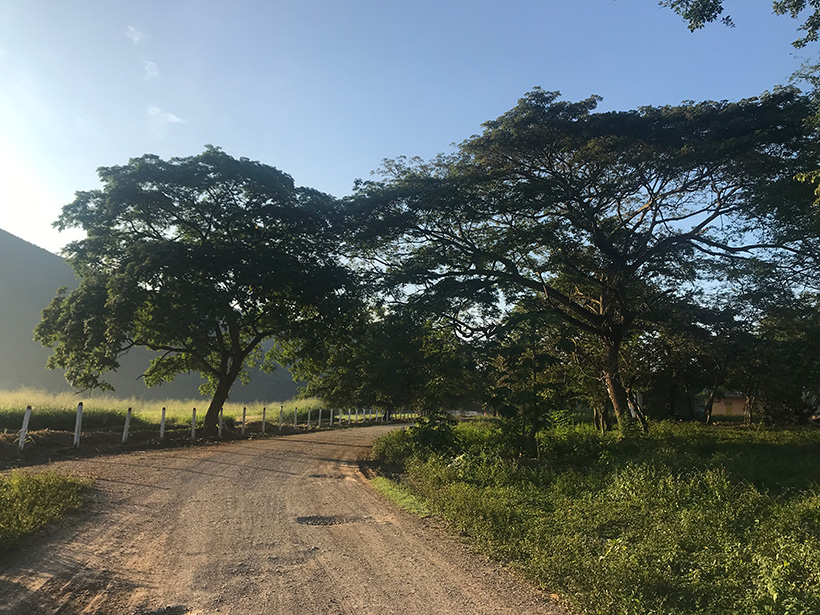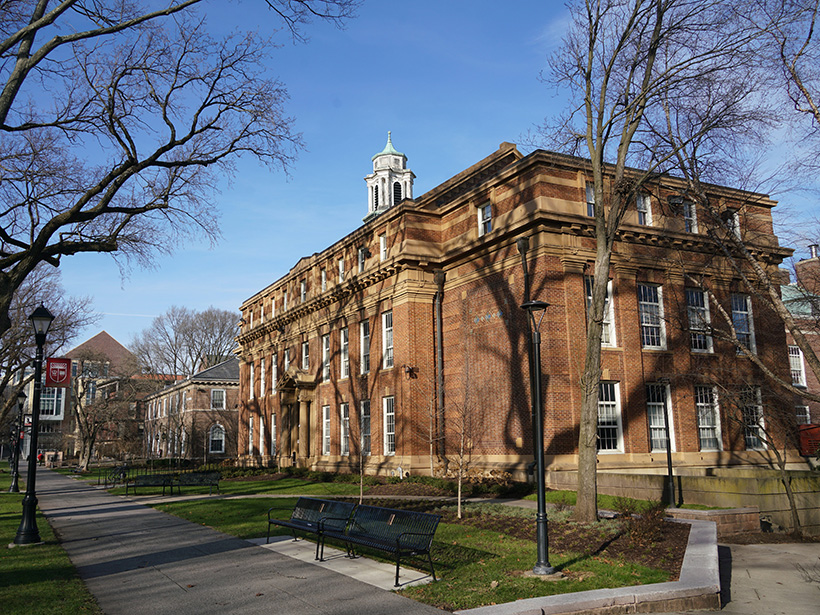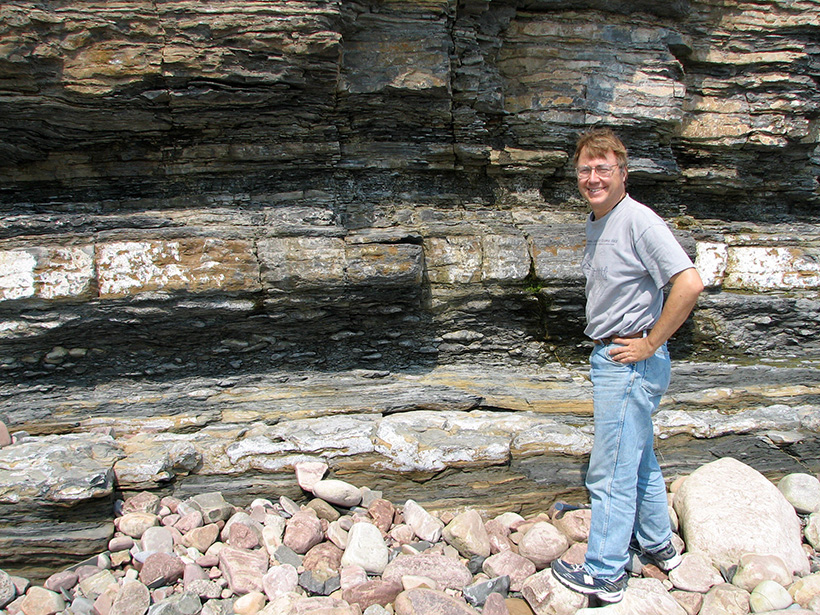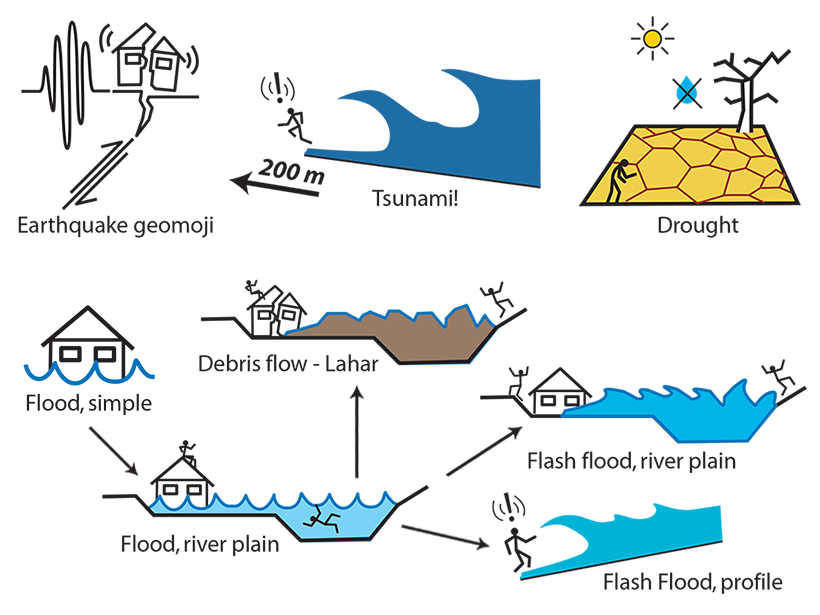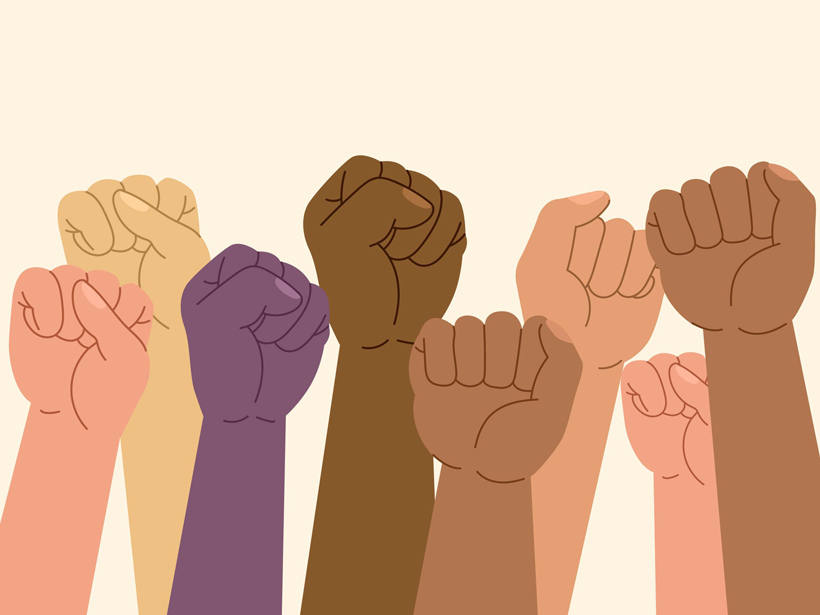El incremento en la educación en los países en vías de desarrollo podría traer un aumento modesto en las emisiones de carbono debido al crecimiento económico, pero la educación podría también reducir el impacto negativo del cambio climático en poblaciones vulnerables.
Education & Careers
A New Tool May Make Geological Microscopy Data More Accessible
PiAutoStage can automatically digitize and send microscope samples to students and researchers on the cheap and from a distance.
High School Junior Builds Cheap Earthquake Warning Device
The project exploring seismic noise during the coronavirus pandemic was fueled by Google searches and bathroom soldering sessions.
Making an Eclipse an Inclusive Multisensory Experience
New tools are helping make solar eclipse experiences and research accessible to people who are blind or low vision, communities often excluded from historically visually based sciences like astronomy.
The Rocky Roads of Colombian Paleontology
Colombia has a wealth of fossils, and geologists are leading the charge to both collect data and share ancient history with local communities.
Climate Grant Universities Could Mobilize Community Climate Action
With cues from the successful land grant model, the United States should establish a system of universities to democratize access to climate knowledge and aid efforts to tackle the climate crisis.
Communicating Earth’s Deep Past: A Q&A with Andrew Knoll
The Earth historian’s new book illustrates the long and winding road that brought our planet into the current moment of global change.
Geomojis Translate Geoscience Across Any Language
Newly created pictograms aim to easily communicate geoscience and geohazard terms.
Reimagining STEM Workforce Development as a Braided River
A contemporary approach to today’s science careers looks less like a structured pipeline and more like a collection of paths that change and adapt to the needs of the individual.
Cómo combatir el acoso y la discriminación en las geociencias
Aquí hay 10 pasos prácticos que los científicos pueden tomar para contrarrestar los efectos perjudiciales de entornos laborales académicos abusivos.

